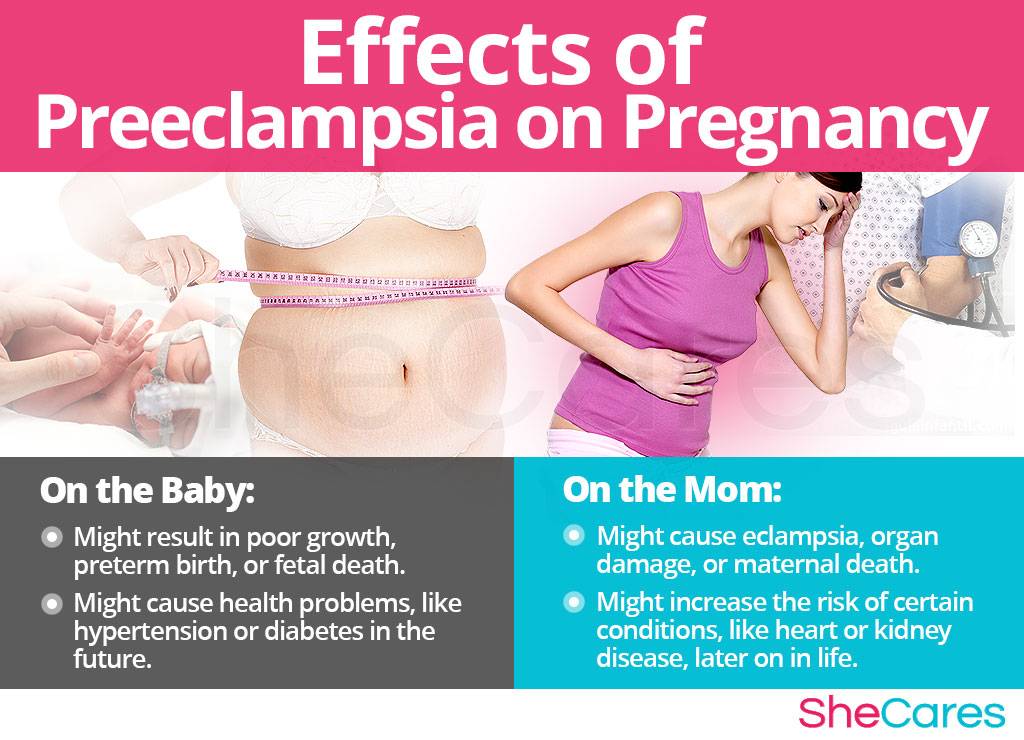Preeclampsia: A Silent Threat in Pregnancy
Pregnancy is often seen as a time of joy and anticipation, a natural process that brings new life into the world. But it is also a period where careful monitoring and awareness are essential. Among the various complications that can arise, one of the most dangerous and often misunderstood is preeclampsia.
What Is Preeclampsia?
Preeclampsia is a pregnancy-related condition that typically develops after the 20th week of gestation. It is primarily marked by high blood pressure and signs of damage to other organs, most commonly the liver and kidneys. While it may start mildly, preeclampsia can quickly progress to serious or even life-threatening complications for both mother and baby if left untreated.
The condition affects approximately 5 to 8 percent of pregnancies worldwide, cutting across all regions and demographics. It can lead to premature delivery, low birth weight, organ failure, and in severe cases, maternal or infant death.
Causes and Risk Factors
The exact cause of preeclampsia remains unknown, though it is believed to stem from problems with the development of blood vessels in the placenta. These vessels may be narrower than normal and react differently to hormonal signals, restricting blood flow.
There are several known risk factors, including:
- First-time pregnancy
- A history of preeclampsia in previous pregnancies
- Family history of preeclampsia
- Multiple pregnancies (twins, triplets, etc.)
- Chronic hypertension or kidney disease
- Diabetes or autoimmune disorders
- Obesity or poor nutritional status
- Being under 20 or over 40 years of age
It is important to note, however, that preeclampsia can affect any pregnant woman even those with no obvious risk factors.
Symptoms to Watch For
One of the most challenging aspects of preeclampsia is that it can be asymptomatic in its early stages. This makes routine prenatal checkups vital. Common symptoms, when they do appear, include:
- Persistent high blood pressure
- Protein in the urine (proteinuria)
- Swelling (edema), especially in the hands and face
- Sudden weight gain
- Severe headaches
- Blurred vision or light sensitivity
- Pain in the upper right abdomen
- Shortness of breath due to fluid in the lungs
Because many of these symptoms can be mistaken for normal pregnancy discomforts, it’s critical not to ignore any warning signs, especially when they appear suddenly or become severe.
Complications of Preeclampsia
Without proper management, preeclampsia can lead to serious complications such as:
- Eclampsia (seizures)
- HELLP syndrome (Hemolysis, Elevated Liver enzymes, Low Platelet count)
- Placental abruption
- Organ failure
- Preterm birth
- Stillbirth
For the baby, complications can include restricted growth due to reduced blood flow to the placenta, low birth weight, or the need for early delivery with all the associated risks of prematurity.
Prevention and Management
There is no guaranteed way to prevent preeclampsia, but early detection and proper prenatal care significantly reduce its risks. Women should attend all scheduled antenatal visits, where healthcare providers monitor blood pressure, test urine for protein, and watch for signs of complications.
In women at high risk, doctors may recommend low-dose aspirin therapy from early pregnancy and increased monitoring. Healthy lifestyle choices—such as maintaining a balanced diet, staying physically active, managing stress, and controlling chronic conditions—can also contribute to reducing risk.
If preeclampsia is diagnosed, the only definitive cure is delivery of the baby and placenta. The timing of delivery depends on the severity of the condition and how far along the pregnancy is. In mild cases, it may be managed with medication and close observation until the baby is developed enough for safe delivery. In more severe cases, early delivery may be necessary.
The Role of Awareness
Raising awareness of preeclampsia is a crucial step toward saving lives. Many women do not recognize the symptoms or understand the importance of routine monitoring. Healthcare workers, families, and communities must work together to ensure pregnant women receive timely care and are educated about the warning signs.
Conclusion
Preeclampsia may be a silent condition, but its consequences are loud and far-reaching. It is a reminder that pregnancy should never be taken for granted. Through regular prenatal care, awareness of the symptoms, and swift medical intervention, many cases of preeclampsia can be managed safely. No mother should lose her life to a preventable condition. No baby should face complications that could have been avoided. Let us continue to share knowledge, support maternal health, and ensure that every pregnancy is given the attention it deserves.


